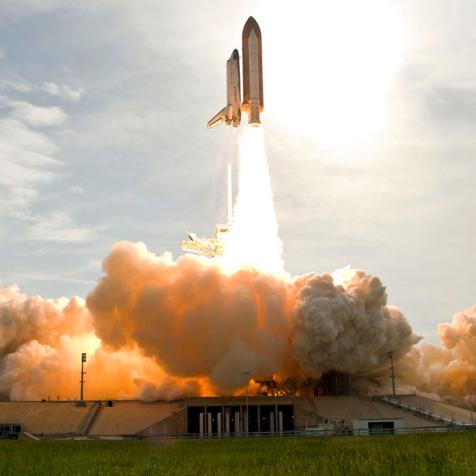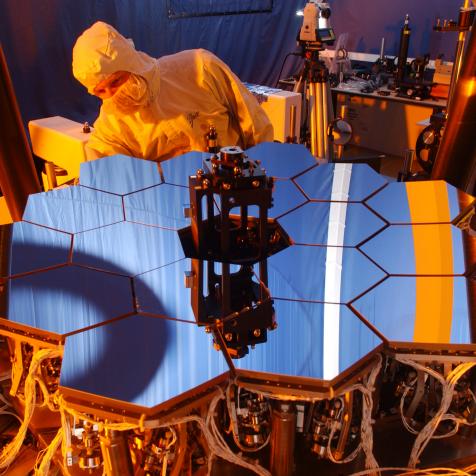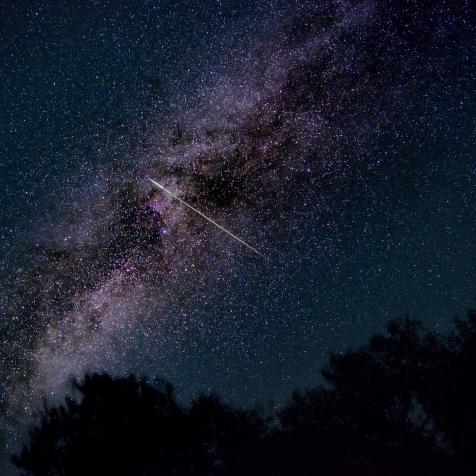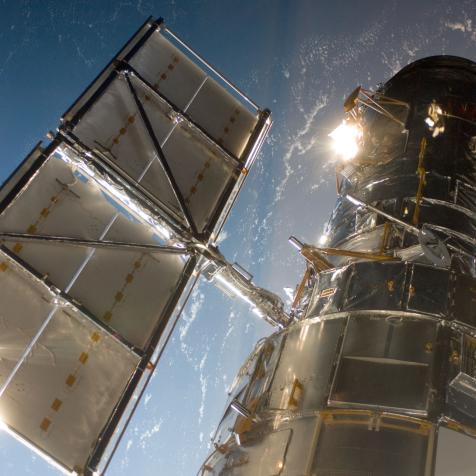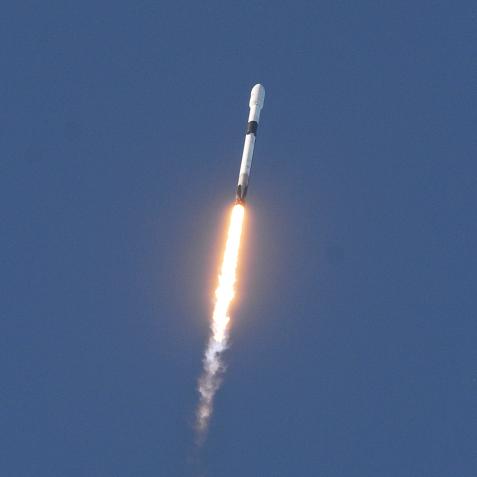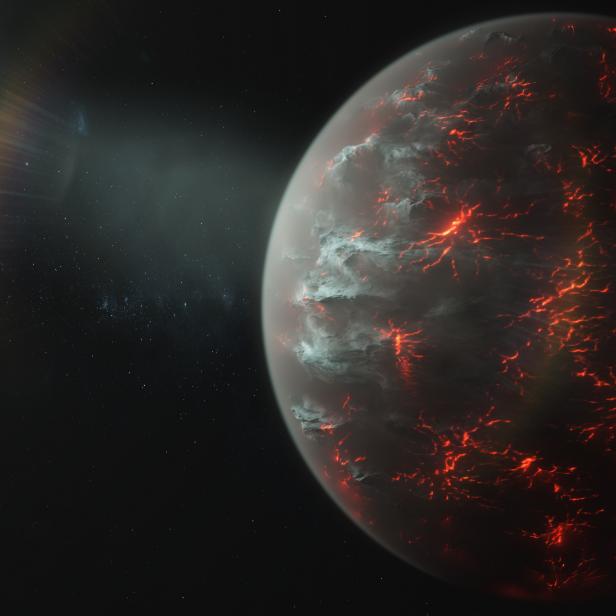
Razvan25
Say Hello to a Planet So Hot that the Oceans are Lava and it Rains Rocks

Exoplanets are planets orbiting stars outside the solar system, and every month seems to bring in a new batch of weird, wild, and wonderful worlds.
Ah, I love exoplanets. Case in point: K2-141b, a planet so hot that the oceans are made of lava, it rains rocks, and the atmosphere is dirt.
It’s absolutely breathtaking. Too bad it’s a couple hundred light-years away.
No Pictures, Please
So check this out. We don’t actually have any pictures of this Nightmare Planet (as I prefer to call it). Instead, we know of its existence through a little trick of light. As K2-141b orbits its star, it occasionally passes in front of it, causing the light that we see here on Earth to dim just a tiny bit. Using a powerful instrument like the Kepler Space Telescope, we can monitor that dip in brightness and figure out that planet’s size, mass, and distance from its parent star.
We’ve done this thousands of times for systems all across the galaxy, but something about K2-141b just…stands out.
Maybe it’s the fact that K2-141b isn’t much different than the Earth–it’s only about 50% wider than our planet. But it’s much, much bulkier, stuffing in five times the mass of the Earth in that volume.
Flying Too Close
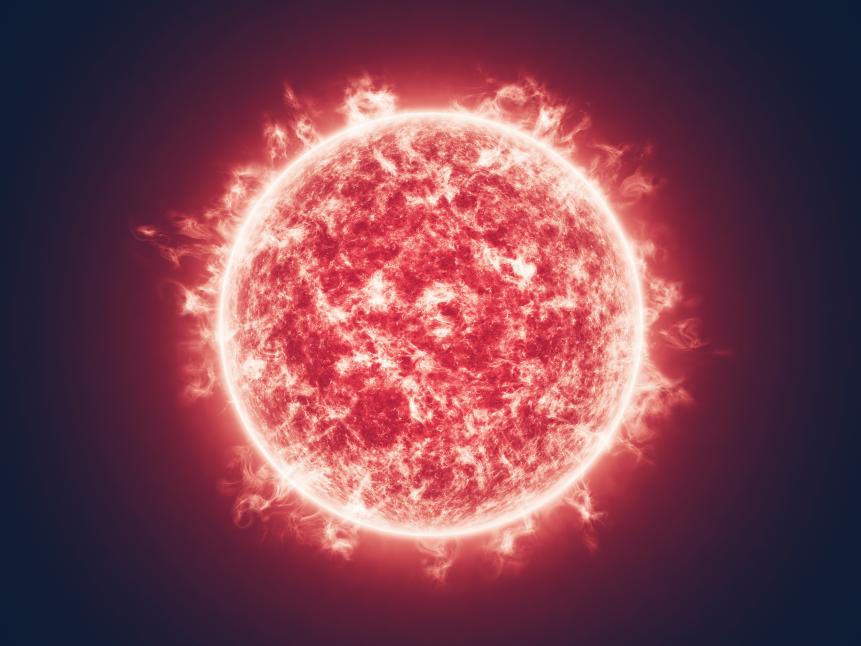
KTSDESIGN/SCIENCE PHOTO LIBRARY
Oh, right, there’s also the fact that it orbits its parent star only about a million kilometers away from it. That’s just 0.74% percent of the distance that the Earth orbits the sun.
This makes for two interesting facts of life on K2-141b. One, it’s hot. Very hot. The dayside reaches a scorching 5,500 degrees Fahrenheit in the shade. Two, orbiting that close to the star, it’s highly likely to be tidally locked--meaning that one side of the planet always faces the star, just like one side of the Moon is always facing the Earth.
That means that while the side facing the star is super-duper-hot, the nightside is plunged in never-ending night, cooling down to 328 degrees below zero.
It’s a bit of a contrast, and scientists have taken these basic numbers to model what’s going on with the planet and its atmosphere. That’s how we know that the place is a nightmare. For example, at 5,500 degrees, rock turns into lava, so the dayside surface of K2-141b must be a molten mess.
Hot 'n Cold
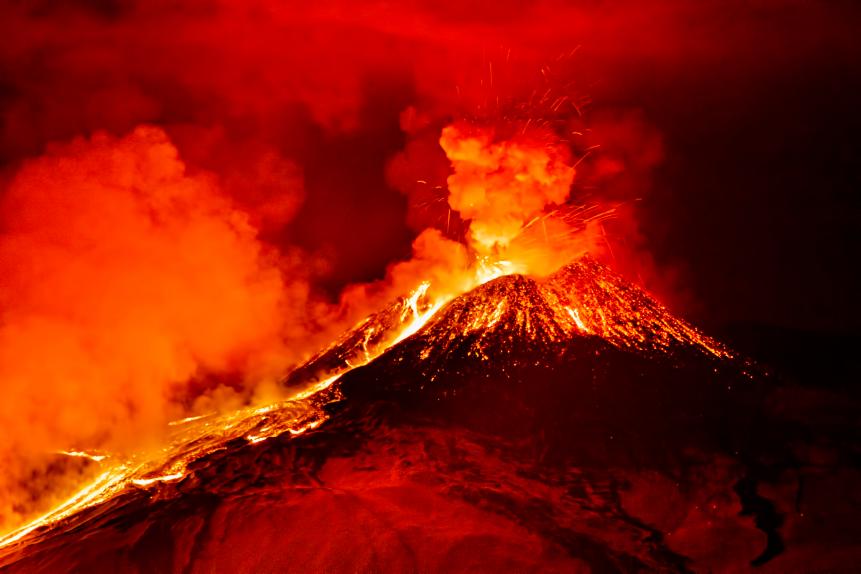
Salvatore Virzi / EyeEm
Second, -328 degrees is cold enough for rock to…well, just be a rock, so the nightside has a “normal” surface. But because the planet is getting roasted on one side and iced on the other, there has to be a massive flow of heat, with giant currents of magma oceans running from one side of the planet to the other, cooling off, warming up, and repeating in a never-ending cycle.
It’s also hot enough to not only melt rock, but also vaporize it. That means on the dayside the atmosphere isn’t made of air (it’s way too hot for puny nitrogen or carbon dioxide), but of…vaporized rocks. Those tiny particles blast their way in multi-hundred-mph winds to the nightside, where they cool and condense, falling as a never-ending hailstorm of pebbles.
A wondrous place to see… from a safe distance.













